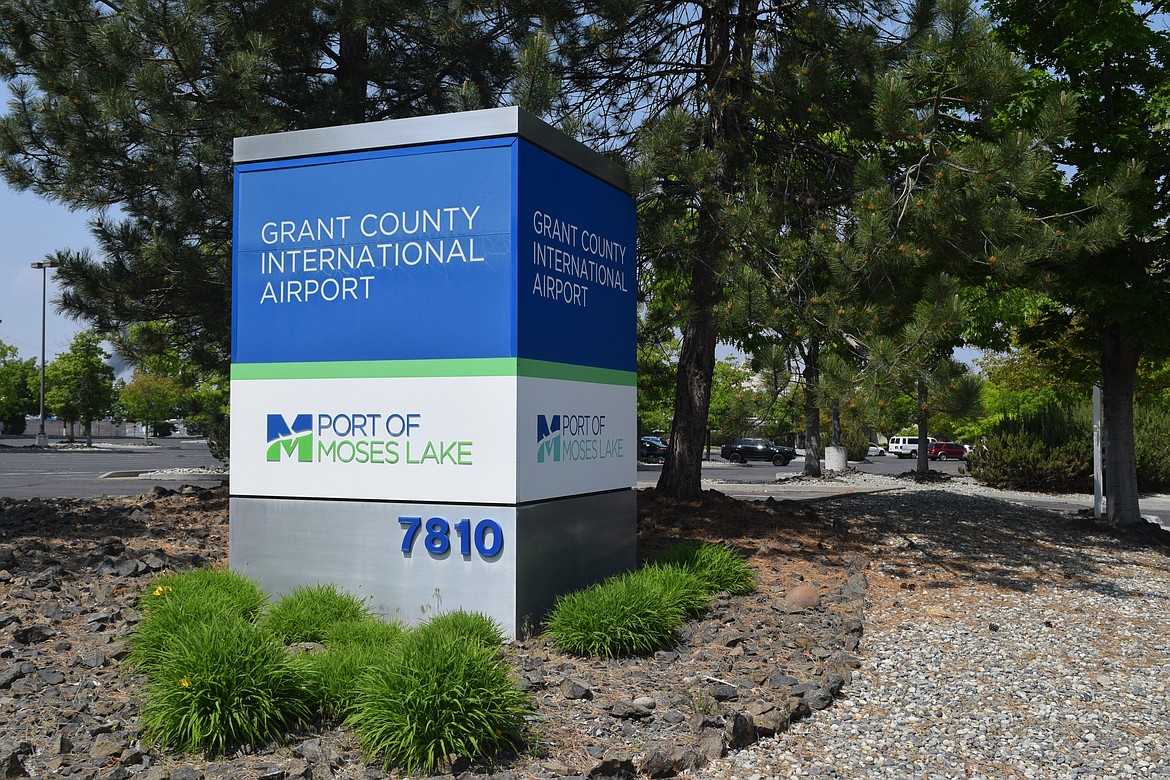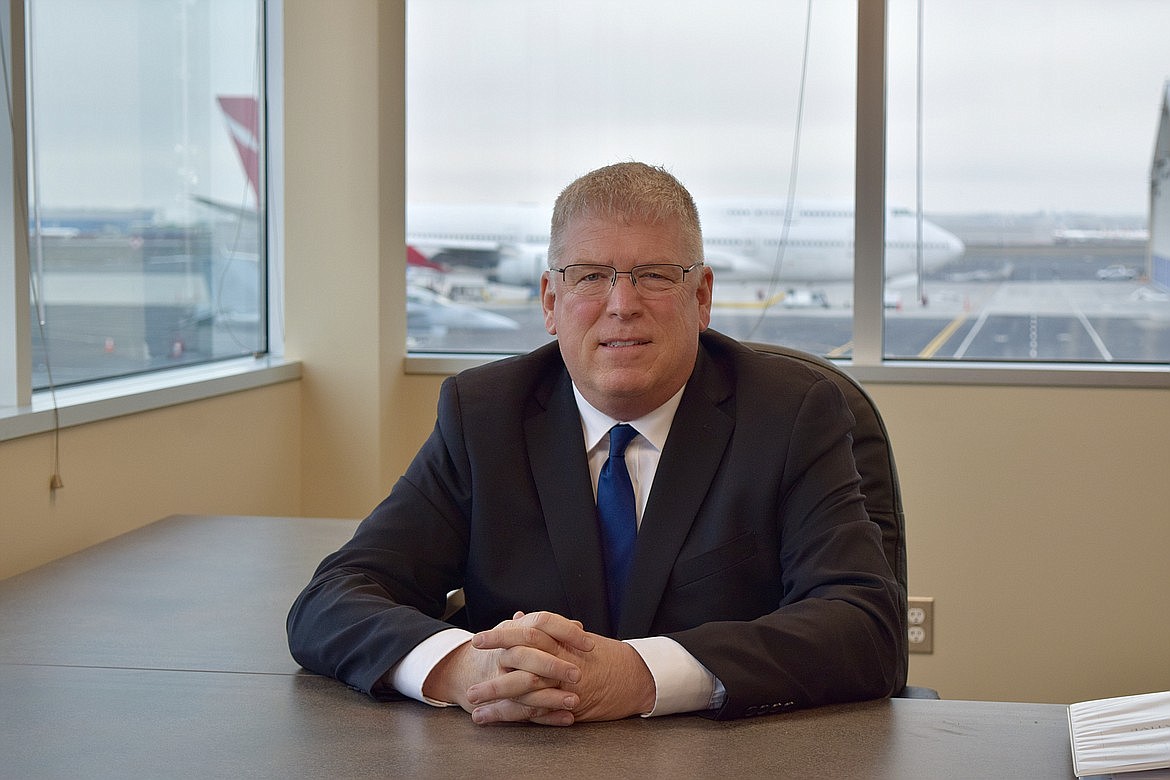Examining the benefits of a local port district
MOSES LAKE — Don Kersey, executive director of the Port of Moses Lakes, sat in his corner office overlooking the Grant County International Airport thinking about a line he heard a lot growing up here.
Become a Subscriber!
You have read all of your free articles this month. Select a plan below to start your subscription today.
Already a subscriber? Login




